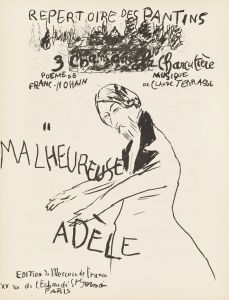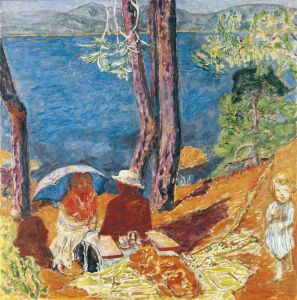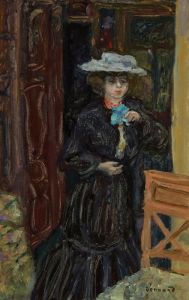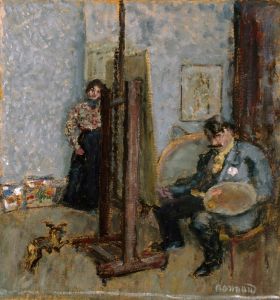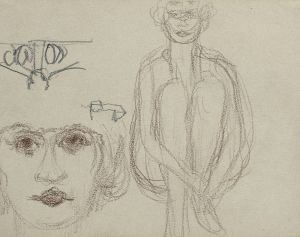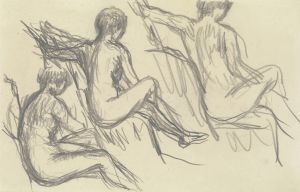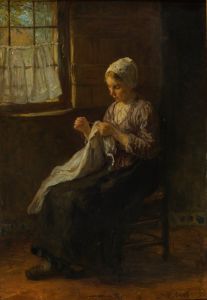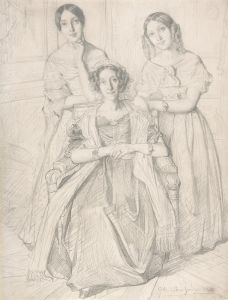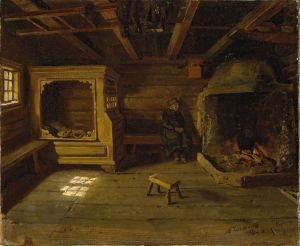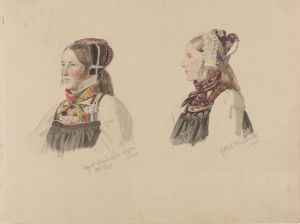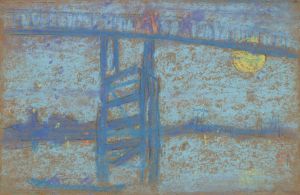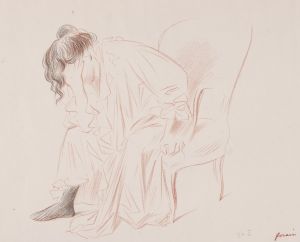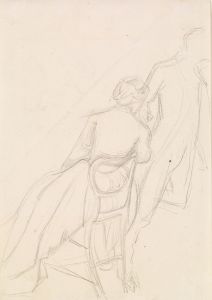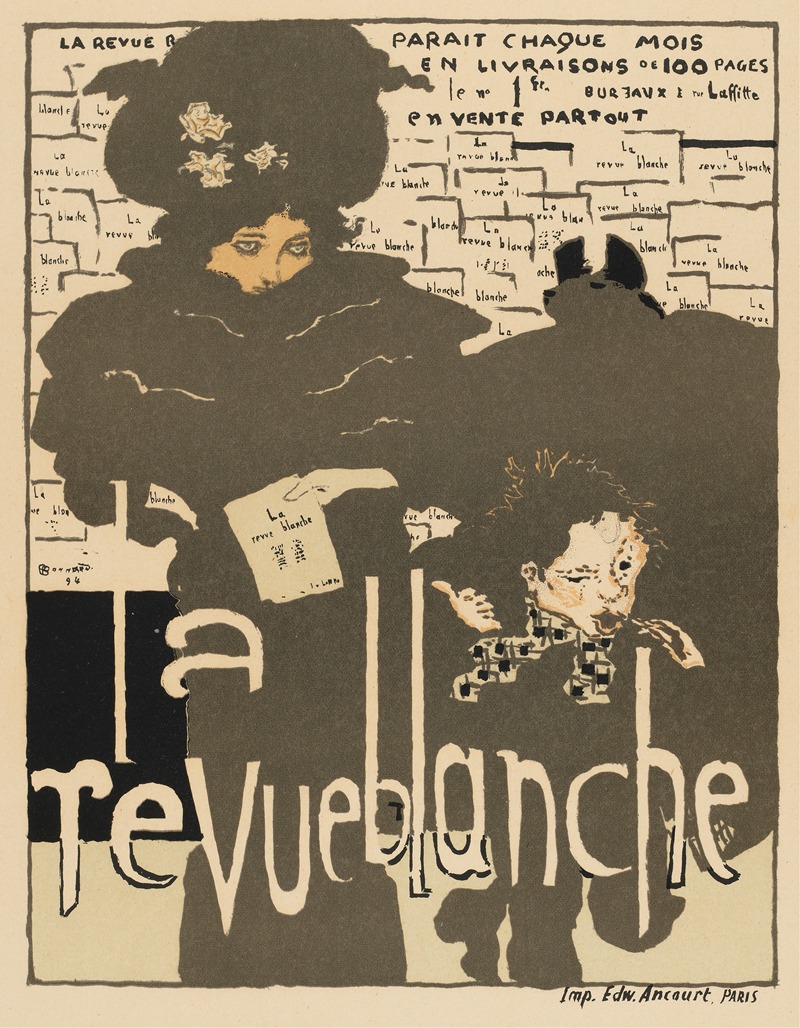
La Revue Blanche
A hand-painted replica of Pierre Bonnard’s masterpiece La Revue Blanche, meticulously crafted by professional artists to capture the true essence of the original. Each piece is created with museum-quality canvas and rare mineral pigments, carefully painted by experienced artists with delicate brushstrokes and rich, layered colors to perfectly recreate the texture of the original artwork. Unlike machine-printed reproductions, this hand-painted version brings the painting to life, infused with the artist’s emotions and skill in every stroke. Whether for personal collection or home decoration, it instantly elevates the artistic atmosphere of any space.
"La Revue Blanche" is a notable artwork created by the French painter and printmaker Pierre Bonnard in 1894. Bonnard was a prominent figure in the Post-Impressionist movement and a founding member of the avant-garde group known as Les Nabis. This group was characterized by its emphasis on symbolism and the use of bold colors and simplified forms.
The painting "La Revue Blanche" was commissioned as a poster for the French literary and artistic magazine of the same name, which was published from 1889 to 1903. The magazine was influential in the promotion of avant-garde art and literature, and it played a significant role in the cultural life of Paris during the late 19th and early 20th centuries. Its founders, the Natanson brothers, were key figures in the Parisian art scene and patrons of many artists, including Bonnard.
In "La Revue Blanche," Bonnard employs his characteristic style, which includes a flat perspective, decorative elements, and a vibrant color palette. The composition features a fashionable young woman, often identified as Misia Natanson, the wife of one of the magazine's founders and a muse to many artists of the time. She is depicted in a stylish outfit, holding an umbrella, and is surrounded by swirling patterns and abstract forms that reflect the influence of Japanese prints, which were highly popular among European artists during this period.
Bonnard's work on this poster is an excellent example of how he and his contemporaries in Les Nabis sought to blur the boundaries between fine art and commercial art. The poster not only served as an advertisement for the magazine but also stood as a work of art in its own right, showcasing Bonnard's innovative approach to composition and design.
The use of color in "La Revue Blanche" is particularly noteworthy. Bonnard's palette is both bold and harmonious, with a focus on contrasting hues that draw the viewer's attention. This approach to color is a hallmark of Bonnard's work and reflects the broader Post-Impressionist interest in exploring the emotional and expressive potential of color.
"La Revue Blanche" is also significant for its role in the development of modern graphic design. Bonnard's integration of text and image, along with his use of flat planes of color and decorative motifs, influenced subsequent generations of graphic designers and artists. The poster exemplifies the shift towards more abstract and symbolic forms of representation that characterized much of the art produced during this period.
Today, "La Revue Blanche" is recognized as a key work in Bonnard's oeuvre and an important example of the intersection between art and commerce at the turn of the century. It is celebrated for its aesthetic qualities and its contribution to the evolution of modern art and design. The artwork is held in various collections and continues to be studied and admired for its innovative approach and historical significance.





